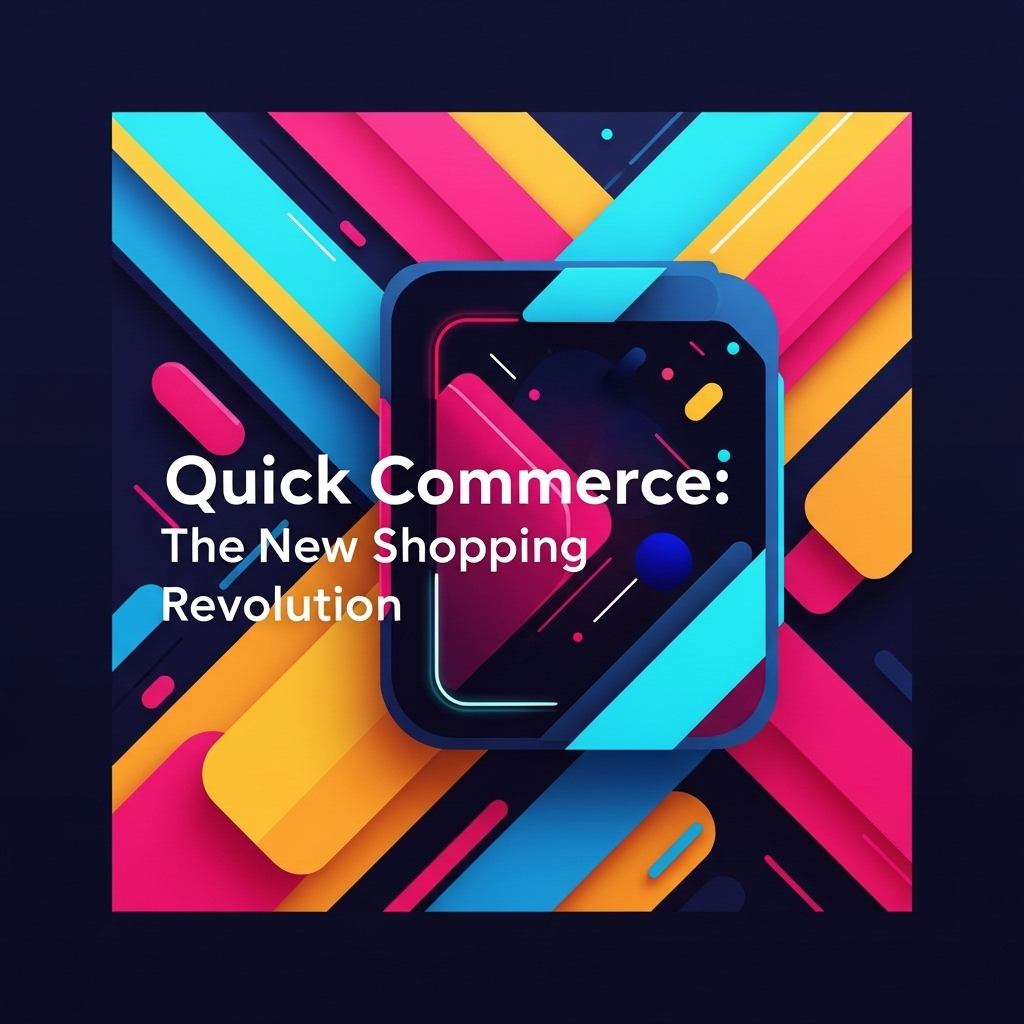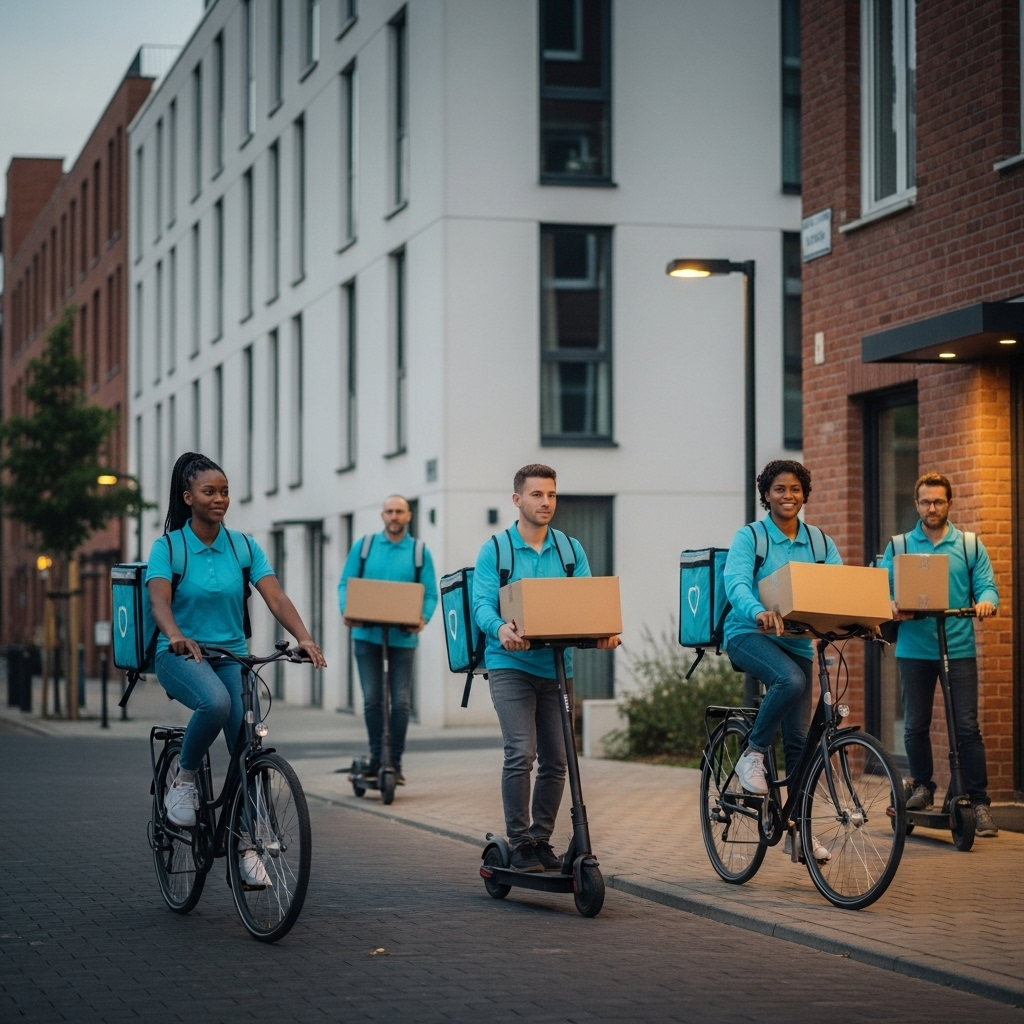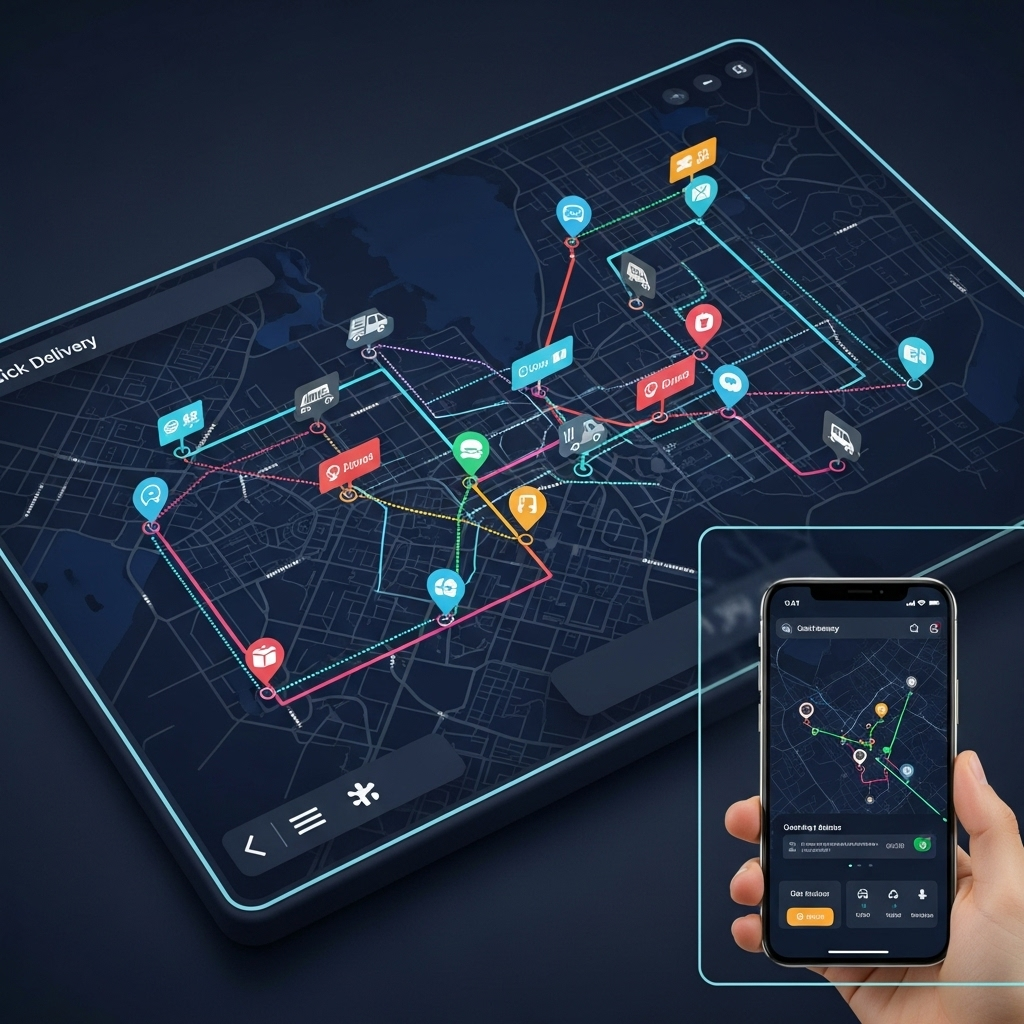Quick commerce is changing everything about how we shop, making everyday essentials just a tap away. Whether you need snacks at midnight or fresh produce before dinner, it is reshaping convenience to fit busy lifestyles. But what exactly is this trend, and why is it so popular?

What Is Quick Commerce?
Quick commerce, sometimes called q-commerce, refers to ultra-fast delivery services that bring goods to your door in under an hour—often within 10-30 minutes. Unlike traditional online shopping where you might wait days, q-commerce aims to fulfill immediate needs. It’s made possible through a network of local warehouses (often called dark stores) and dedicated couriers who are always ready to deliver.
For example, you can order milk, snacks, toiletries, or household items and expect them almost instantly. This service is especially handy for forgotten groceries or last-minute guests.
How Quick Commerce Is Changing Shopping

The rise of quick commerce is transforming the way people think about shopping. You no longer need to plan big shopping trips or keep long lists. Instead, you can simply order what you need, right when you need it.
This shift makes shopping much more spontaneous—for instance, if you run out of coffee or feel like having ice cream during a movie night, you no longer have to wait until the next day. Brands and retailers are responding to this change by setting up more fulfillment centers closer to customers, and offering special discounts or deals to attract spontaneous orders.
Major players like DoorDash and Gopuff have focused heavily on making this experience as smooth as possible, so customers can shop in just a few clicks, any time of day.
Everyday Benefits
There are many reasons people love quick commerce services. Firstly, it saves precious time—no more waiting in lines or getting stuck in traffic. For busy families or professionals, being able to get essentials quickly can be a real lifesaver.
Secondly, it offers peace of mind. You can rest easy knowing that if you forget anything, it’s only a few minutes away. Quick commerce also supports people with limited mobility or those who are unwell, providing vital assistance.
Additionally, many quick commerce platforms feature curated selections or offer recommendations, making it easier to discover new products or get inspiration for meals at home. With loyalty rewards and frequent promotions, being a regular user can bring added value.
The Role of Technology in Fast Delivery

Technology powers every step of quick commerce. Apps and websites are designed to make placing an order easy and fast. Intelligent algorithms help predict which items might be needed by customers in each neighborhood, so dark stores stay well-stocked and ready for action.
Maps and route optimization tools help couriers take the fastest paths. Some services even use electric bikes or scooters to sneak through busy streets. For customers, live order tracking brings peace of mind, while digital payments make the overall process secure and seamless.
As technology advances, the whole system becomes even more efficient, which means prices stay competitive and delivery times drop further. The role of systems like AI and machine learning will become even more important as quick commerce grows.
Quick Commerce vs. Traditional Online Shopping
There’s a big difference between quick commerce and traditional online shopping. With classic e-commerce, you might buy clothing, electronics, or large grocery hauls with delivery times ranging from one day to a week. Quick commerce, on the other hand, focuses on smaller baskets: snacks, drinks, hygiene products, and other day-to-day essentials.
Speed is the main difference—what you order often arrives before you even have time to wonder, “Did the order go through?” That said, product variety can be more limited in quick commerce, since it focuses on a core range of popular and useful items. But for urgent or impulse needs, quick commerce can’t be beaten. As the two models evolve, many retailers are now blending both options to serve different needs.
Tips for Using Quick Commerce Services Safely

While convenience is key, it’s important to shop safely. Here are a few tips:
- Use official apps and websites—this keeps your information safe.
- Set up secure payments—opt for secure, traceable methods and avoid sharing sensitive information over the phone.
- Check for customer service—trustworthy services offer clear support in case things go wrong.
- Read reviews—look at what other customers say about delivery speed, quality, and reliability.
- Watch for recurring charges—some platforms add optional subscriptions or fees, so review your account regularly.
Steering clear of scams and unreliable providers is easier when choosing reputable companies—sometimes it helps to ask friends for recommendations.
The Future of It and What It Means for You

Quick commerce is here to stay, and its future is exciting. More products, even faster deliveries, and increased personalization are on the horizon. As competition increases, customers will continue to benefit from wider selection and better prices.
Sustainability is also coming into focus. Many services are exploring eco-friendly packaging and green delivery vehicles, because more shoppers now expect companies to be responsible too.
For everyday people, quick commerce means putting time back in your day. It enables you to spend those extra minutes with your family, on work, or simply relaxing.
As new innovations are rolled out, companies like Blanmo are dedicated to delivering the very best that quick commerce has to offer—combining speed, reliability, and care to fit your lifestyle.
